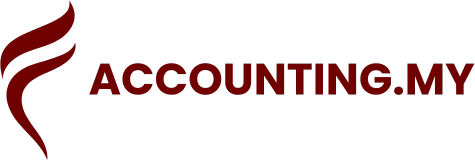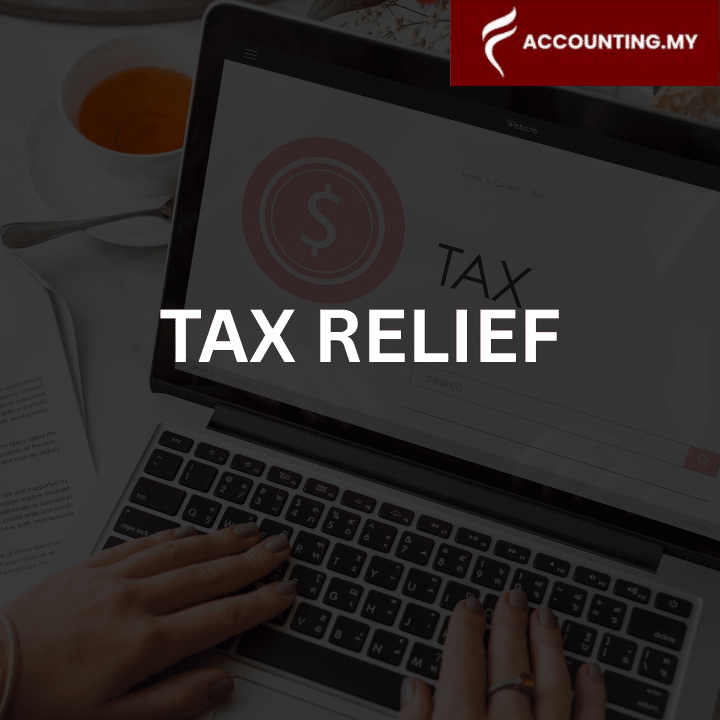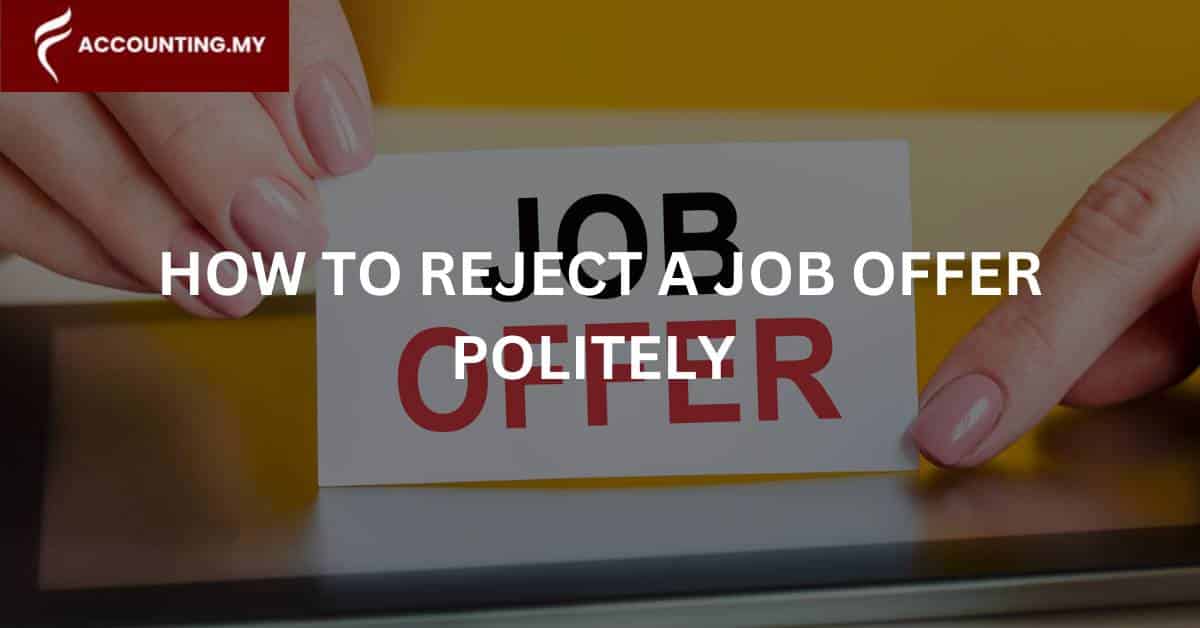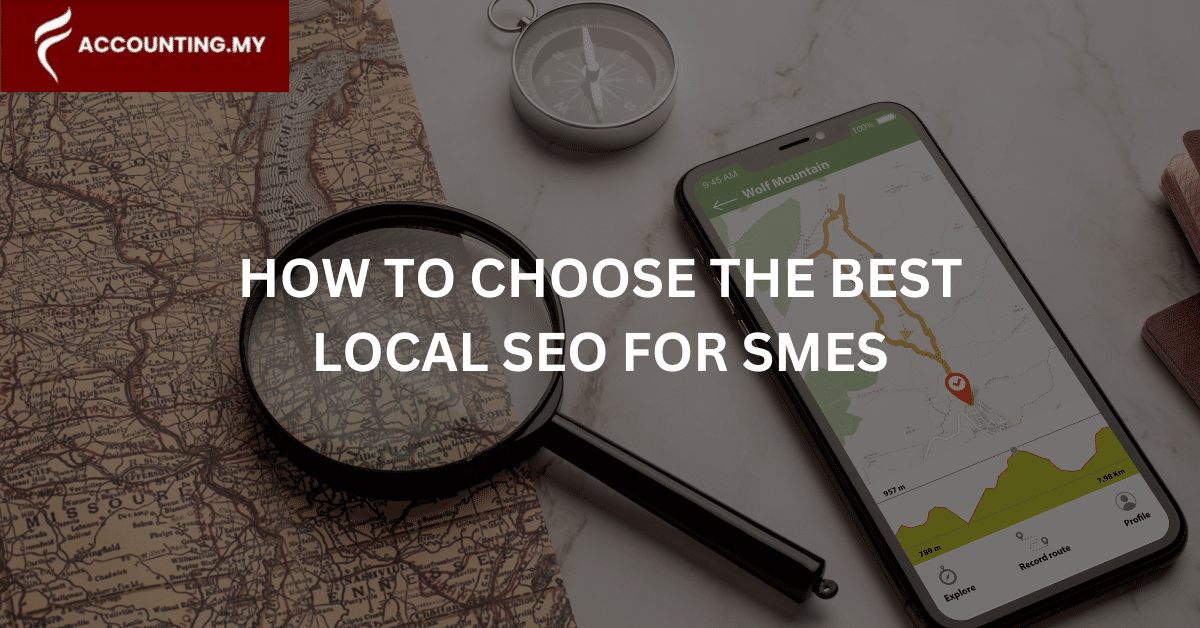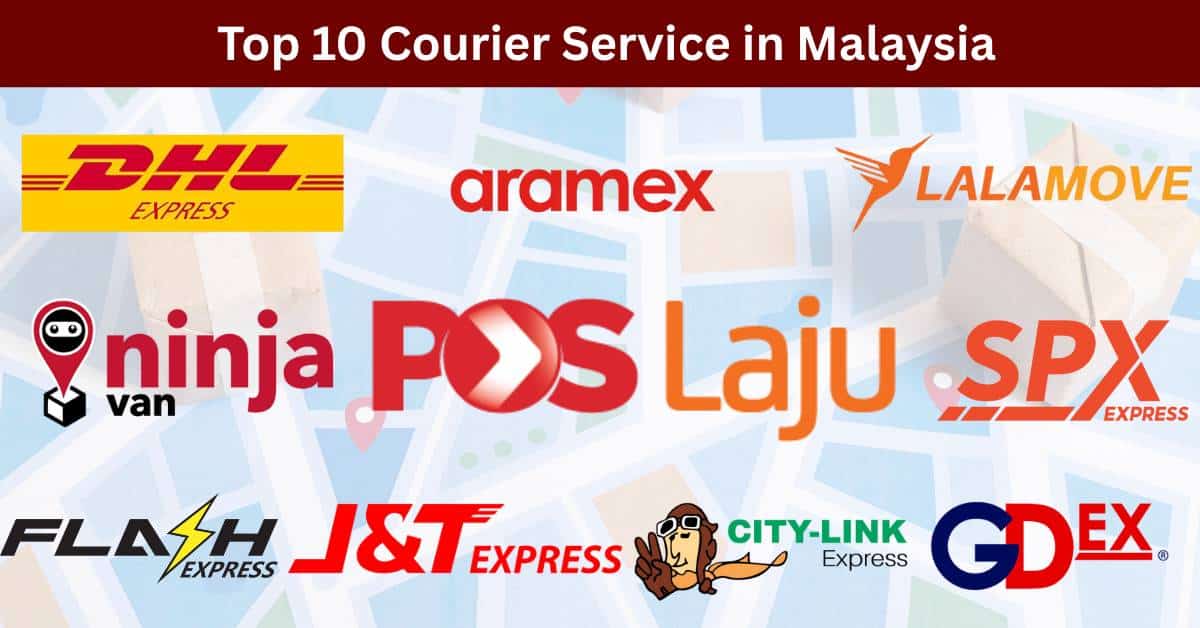Managing finances in Malaysia means navigating income tax, a task that comes with its share of responsibilities and hurdles. Given that tax liabilities can reach significant sums, investing time and resources in professional taxation services seems like a wise choice.
However, it’s not solely about obligations. The system also provides a range of reliefs and incentives designed to lighten the financial load for individuals and corporations alike.
While individual savings might appear modest at times, the cumulative effect over years can be substantial! This article would serve as a comprehensive guide of everything you can claim to maximise your tax refund.
What is Tax Relief
Tax Relief Malaysia Eligibility
To qualify for tax relief, certain criteria must be met. Tax relief Malaysia eligibility often depends on your residency status, income level, and the nature of the expense. Some general points to consider:
Residency: Generally, only individuals who are deemed tax residents within Malaysia can take advantage of the various relief provisions. This status is determined by the length of your stay in the country within a given tax year, with specific criteria put in place by the LHDN to define residency.
Documentation: To support any relief claims, it is necessary to maintain adequate records. These documents, like receipts and invoices, should accurately reflect the expenses you’ve incurred, as the LHDN may request them for verification purposes.
Specific Conditions: Each type of tax relief offered comes with its own set of rules and limitations. It’s important to understand these specific requirements, as eligibility depends on meeting them precisely.
Key Tax Relief Categories in Malaysia
Malaysia offers a range of tax reliefs, each catering to different aspects of life. Here are some significant categories:
| Category | What It Covers | Maximum Deduction (RM) |
| Personal and Dependent Relatives | Basic relief for yourself and the people you support. | 9,000 |
| Parental Medical and Dental Care | Costs for specialised medical and dental treatments for parents, including caregiving. Complete medical examination (Restricted to RM1,000) | 8,000 |
| Support Equipment Purchase For Disabled Persons | Items like wheelchairs and prosthetics if needed by you or a family member with disabilities. | 6,000 |
| Relief for Disabled Persons | Additional relief if you have a disability. | 6,000 |
| Education Fees (Self) | Fees paid for courses to improve your skills or for higher education like diplomas or degrees. Courses taken for the purpose of upskilling (restricted to RM, 2000) | 7,000 |
| Medical Expenses (Self, Spouse, Children) | Costs for serious illnesses, fertility treatments, vaccination and regular dental check-ups. Vaccination and Dental is restricted RM 1,000 respectively, | 10,000 |
| General Health Check-ups and Related Costs | General medical check-ups, COVID-19 tests, and mental health consultations. | 1,000 |
| Children with Disabilities Expenses | Costs for assessments, intervention programs, and rehabilitation for children with disabilities. | 4,000 |
| Lifestyle Purchases | Spending on books, digital devices, internet, and personal development. | 2,500 |
| Sports Activities Costs | Expenses on sports equipment, gym memberships, and related fees. | 1,000 |
| Breastfeeding Equipment Costs | Items for breastfeeding mothers with young children. | 1,000 |
| Childcare Costs | Payments made to registered childcare centers and kindergartens. | 3,000 |
| Education Savings (SSPN) | Money saved in the National Education Savings Scheme for children’s future education. | 8,000 |
| Support Payments to Spouse | Alimony or support paid to a former spouse, if legally mandated. | 4,000 |
| Relief for Disabled Spouse | Extra relief if your spouse has a disability. | 5,000 |
| Child Relief (Under 18) | For unmarried children below 18 years old. | 2,000 |
| Child Relief (Higher Education) | For unmarried children over 18 in full-time education. | 2,000 – 8,000 |
| Relief for Disabled Children | Extra help if you have children with disabilities, with more help for those in higher education. | 6,000 (+ 8,000 if Higher education) |
| EPF, Life Insurance, and Takaful | Payments to retirement funds, life insurance, and Islamic insurance. | 7,000 |
| Private Retirement Savings (PRS) | Money saved in private retirement schemes. | 3,000 |
| Education and Medical Insurance Premiums | Costs for education and health insurance. | 3,000 |
| SOCSO Contributions | Payments made to the social security scheme. | 350 |
| EV charger Installation Costs | Costs of installing an electrical vehicle charger in your home, for personal use. | 2,500 |
Disclaimer: For the most up to date information, please visit LHDN’s official website.
How to Claim Tax Relief Malaysia
With the categories of tax reliefs all well known, it’s time to initiate the process of claiming those sweet reliefs. The process of claiming tax relief is typically done during the annual income tax filing. This involves:
Gathering Documentation
To properly claim your entitlements, it’s important you compile all supporting paperwork. This means securely storing receipts and invoices that demonstrate your qualifying expenditures. LDHN is meticulous when it comes to verification so be sure to be thorough with your documentation.
These documents serve as proof of your spending when you present your tax return.
Completing The Tax Form
You’ll need to accurately populate the income tax return, which is the Form BE or B, with your financial information. This involves detailing your earnings and inputting the appropriate figures for each relief you intend to claim, with precision.
Submitting The Form
Once completed, you must provide your tax form to LHDN. Fortunately with the power of digitalisation you have the option to perform this action electronically through their online portal or if you prefer to do it physically, you go to LHDN and hand in a paper copy.
Keeping Records
It’s good practice to retain copies of all documents submitted to the LHDN. These records are helpful if any queries arise in the future and also aid in your own financial record-keeping.
Tax Deduction
In Malaysia, tax deductions refer to expenses that can be subtracted from your aggregate income (the total income of the entire year), thus reducing the amount of total income that is subject to taxation.
This is different from tax relief which reduces your chargeable income. To put it simply, deductions work on your gross income, before the government applies any standard allowances.
So, deductions lower your starting point, and reliefs lower the amount you are taxed on after some initial reductions. A win for taxpayers.
Types of Items Subjected to Tax Deductions
Donations
Contributions to approved charities, sports activities, and projects of national interest are permissible deductions. The amount that can be deducted is often subjected to limits, frequently a percentage of your aggregate income.
Gifts
Certain gifts, such as those of historical artifacts to the government, monetary donations to libraries, and expenses for disability access in public spaces, qualify for deductions.
There are often value limits on the gift that can be deducted.
Business Expenses (for Self-Employed and Businesses)
For individuals who are self-employed or operate businesses, a range of operational costs can be deducted. These include expenses directly related to the business’s daily functions.
Specific business related deductions include Capital allowances, interest expenses, and bad debts. Bad debts are only deductible under specific conditions that must be met.
Capital allowances, which account for the depreciation of business assets, and interest expenses related to income generation, are also deductible.
Conclusion On Tax Relief in Malaysia 2025
So, when tax season rolls around, remember about the list of relief you can claim and save your hard-earned money.
If the whole process feels a bit overwhelming, you’re not alone. Many people find taxes a bit of a headache.
That’s where we can help.
At Accounting.My, we understand the ins and outs of Malaysian taxation laws and can ensure you claim everything you’re entitled to, without any stress! We provide comprehensive taxation services from advisory compliance to personal tax service preparations.
Visit us today to learn more and minimise your taxation burden!
Map Direction to Accounting.my Malaysia
https://goo.gl/maps/32Rgr7ZCf7aN72Km7
Don’t let taxes ruin your day. Let us solve your taxation burdens
Frequently Asked Questions About Tax Relief in Malaysia
Can I Claim Tax Relief For Expenses Paid For My Parents Living Overseas?
This depends on their dependency status and whether they are Malaysian residents. Generally, overseas living expenses are not eligible, unless specific conditions are met regarding their dependency.
What Happens If I Forget To Claim A Tax Relief During My Initial Filing?
You can usually file an amended tax return with the LHDN within a certain timeframe. However, it’s best to ensure accuracy during the initial filing to avoid complications.
Are There Any Tax Reliefs For Specific Medical Conditions Or Disabilities?
Yes. There are reliefs for certain medical expenses and for disabled individuals, with specific requirements for documentation and certification.
Can I Claim Tax Relief For Educational Expenses For Online Courses?
Reliefs for education are generally limited to specific levels and types of courses. Online courses may qualify if they meet certain criteria defined by LHDN.
Are There Any Tax Reliefs For Investments In Specific Financial Instruments?
Yes. There are reliefs for certain investments, such as contributions to the Private Retirement Scheme (PRS). The exact conditions and limits vary.
If I Change Jobs Mid-Year, How Does That Affect My Tax Relief Eligibility?
Your eligibility is determined based on your total income and expenses for the entire assessment year, regardless of job changes. However, properly documenting your income from each employer is essential.
